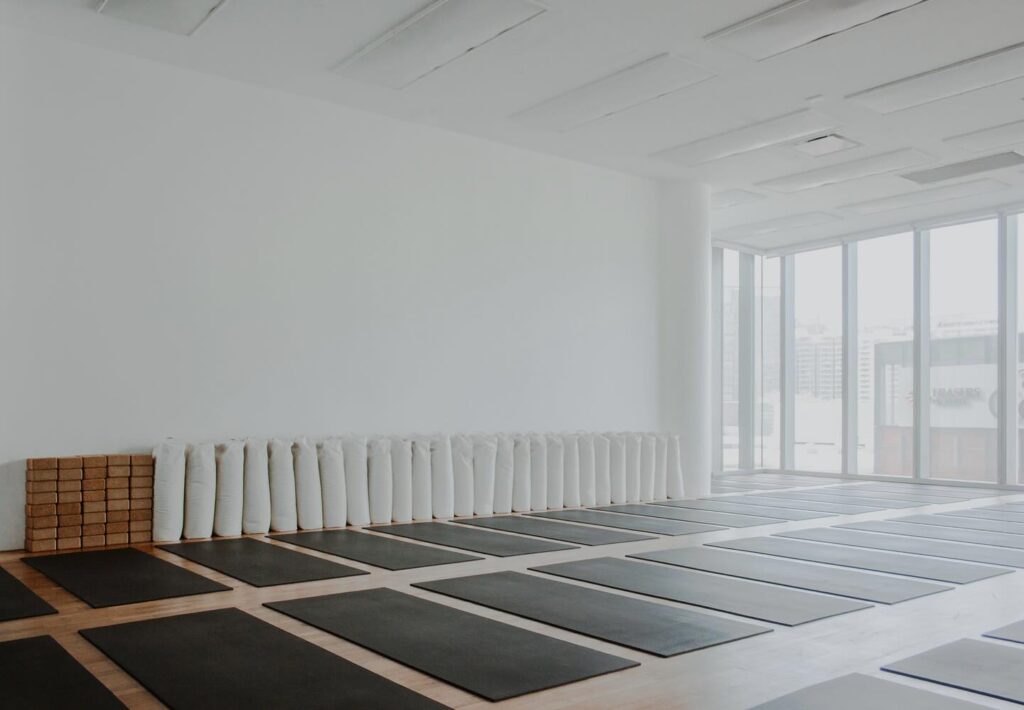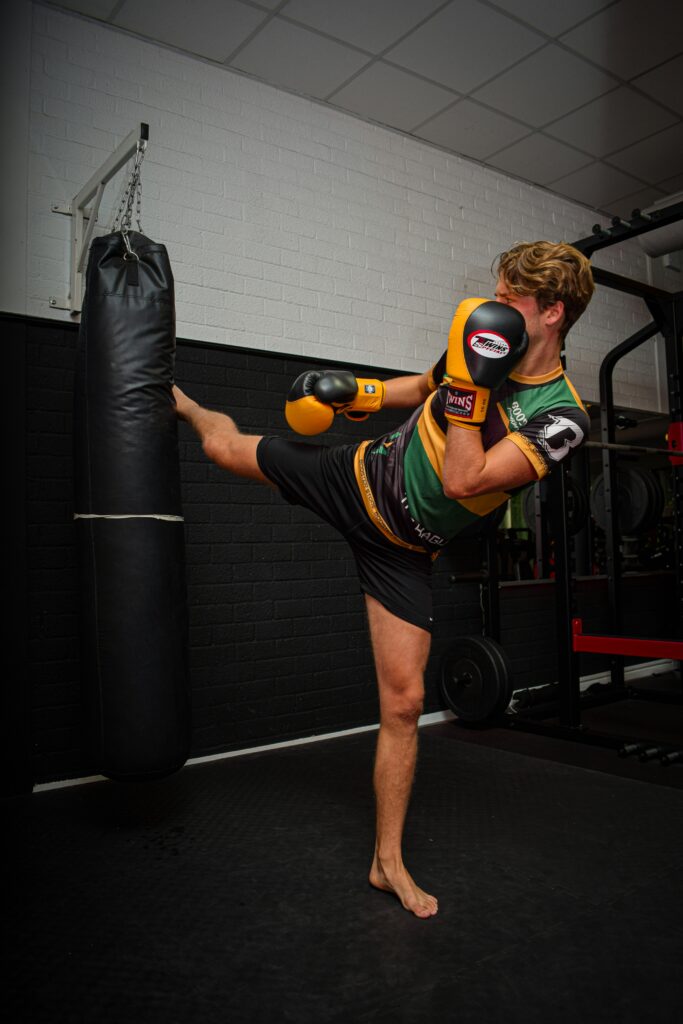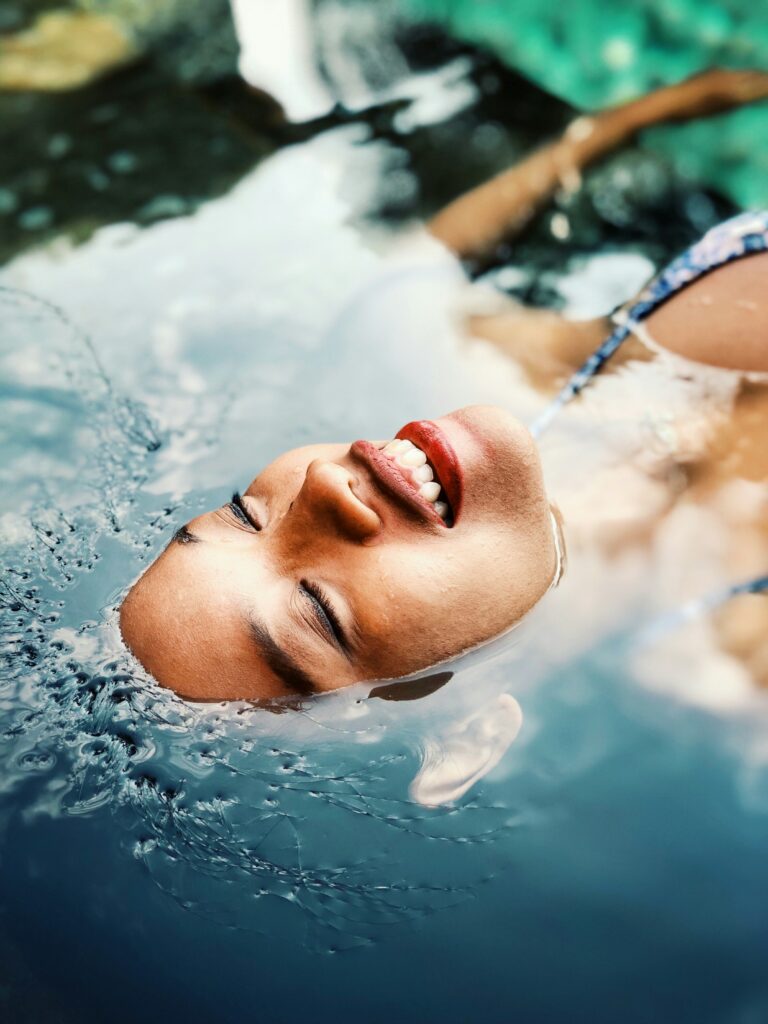The rush of living in fast-paced Singapore gets to you when work schedules are demanding and finding time to exercise can be challenging. Alas, despite all of that, staying healthy is crucial – especially for busy professionals. Home workouts are an excellent solution, offering convenience and flexibility without the need for a gym membership or a personal trainer. And we have just the guide for you (plus it’s apartment-friendly too)!
- 1. Bodyweight Exercises
- 2. High-Intensity Interval Training (HIIT)
- 3. Yoga and Stretching
- 4. Resistance Band Workouts
- 5. Core Workouts

1. Bodyweight Exercises
Bodyweight exercises are perfect for home workouts. They require no equipment and can be done in small spaces. Start with the few highly effective exercises below to build strength and improve your overall fitness.
- Push-Ups: If you’re a Singaporean who’ve served the nation, put what you’ve learnt from the two years of NS to good use! This classic exercise targets the chest, shoulders, and triceps. Start in a plank position with your hands shoulder-width apart. Then, lower your body until your chest nearly touches the floor, then push yourself back up. You can also adjust the workout by doing knee push-ups if needed.
- Squats: Start by standing with your feet shoulder-width apart and lower your body as if sitting back into a chair – keeping your knees over your ankles. And return to an upright, standing position. Squats are perfect for strengthening the legs and glutes.
- Planks: This one is fit for engaging your core, shoulders, and back. Engage your core, shoulders, and back with planks. Start in a forearm plank position, ensuring your body is in a straight line from head to heels. Hold the position for 30 to 60 seconds. Planks are highly effective for building core strength and stability, which is essential for posture and injury prevention.

2. High-Intensity Interval Training (HIIT)
If you haven’t already tried it, HIIT workouts are popular. Especially for their efficiency and effectiveness. These workouts involve short bursts of intense exercise followed by brief rest periods. HIIT is perfect for busy professionals as it delivers maximum results in minimal time. However, if you’ve underlying health conditions, it is important to check with your doctor before you attempt at doing any kind of HIIT workout. Also, remember to be considerate to your neighbors!
- Burpees: Begin standing, drop into a squat, place your hands on the floor, kick your feet back into a plank, perform a push-up, return to the squat, and jump up. Burpees are an intense full-body exercise that builds endurance and cardiovascular strength. Since they involve multiple muscle groups, they are effective at burning calories.
- Jumping Jacks: Start with feet together and hands by your sides. Jump your feet out while raising your arms overhead, then return to the starting position. Jumping jacks are simple but effective for raising heart rate and boosting cardiovascular fitness. They’re also low-impact compared to other cardio exercises, making them ideal for apartments. Disclaimer: do this at a conducive or exercise-friendly space, one that wouldn’t bother the neighbors.
- Mountain Climbers: Start in a plank position and quickly alternate bringing one knee towards your chest. This exercise targets the core, shoulders, and legs. Mountain climbers improve core stability and cardiovascular fitness, making them an efficient exercise for full-body conditioning.

3. Yoga and Stretching
Channel a calmer you by practicing yoga. Yoga is ideal for improving flexibility, reducing stress, and enhancing overall well-being. It’s also perfect for small spaces and can be easily adapted to any fitness level. Yoga not only improves your physical health but mental health, too. Below are a few yoga poses to try for a start.
- Sun Salutations: This sequence of poses warms up the body, increases flexibility, and strengthens muscles. It includes forward bends, lunges, and gentle backbends. Sun salutations are perfect for waking up the body and can be done as a standalone routine or a warm-up for other workouts.
- Child’s Pose: A resting pose that gently stretches the back, hips, and thighs. Kneel on the floor, sit back on your heels, and stretch your arms forward, lowering your forehead to the ground. Child’s pose can help relieve lower back tension and promote relaxation.
- Downward Dog: From a plank position, lift your hips towards the ceiling to form an inverted V-shape. This pose stretches the hamstrings, calves, and shoulders while strengthening the upper body. It’s a great way to release tension after a long day of sitting.

4. Resistance Band Workouts
Resistance bands are affordable, portable, and perfect for adding resistance into your workouts without needing heavy equipment. It doesn’t cost much too!
- Band Rows: Secure the band at a low point, hold the handles, and pull back, squeezing your shoulder blades together. This exercise strengthens the back and biceps, making it a great exercise for improving posture and reducing shoulder strain from sitting.
- Band Squats: Stand on the band with feet shoulder-width apart, holding the handles at shoulder height. Perform a squat while maintaining tension in the band. Band squats engage the legs, glutes, and core, providing a full lower-body workout.
- Band Leg Presses: Lie on your back, loop the band around your feet, and hold the handles. Press your feet away from your body, engaging your core and legs. Band leg presses offer a low-impact alternative to traditional leg presses, making them ideal for those looking to strengthen their legs without heavy weights.

5. Core Workouts
Strengthening your core is essential for overall fitness and stability, especially if you spend hours sitting at a desk. Core exercises help improve posture, balance, and protect against back pain.
- Russian Twists: Sit on the floor with knees bent, lean back slightly, and twist your torso side to side. Hold a weight or a water bottle for added resistance. Russian twists engage the oblique muscles, which are important for rotational strength.
- Bicycle Crunches: Lie on your back, bring one knee towards your chest while extending the other leg, and twist your opposite elbow towards the raised knee. Bicycle crunches target the entire core, including the lower abs, helping to build a strong foundation.
- Leg Raises: Lie on your back, lift your legs towards the ceiling, and slowly lower them without touching the floor. Leg raises are effective for engaging the lower abdominal muscles, which are often underworked in traditional core exercises.
Final Thoughts
Staying fit as busy professional in Singapore isn’t impossible, and doesn’t have to be complicated or time-consuming. All you need to do is incorporate these best and easy home workouts into your routine to maintain your health and fitness without leaving your apartment. These exercises are designed to be effective, require minimal equipment, cost efficient, and can be completed anywhere. However, do remember that consistency is key. Short, regular workouts can lead to significant health benefits. Make fitness a part of your daily routine today!





























You must be logged in to post a comment.